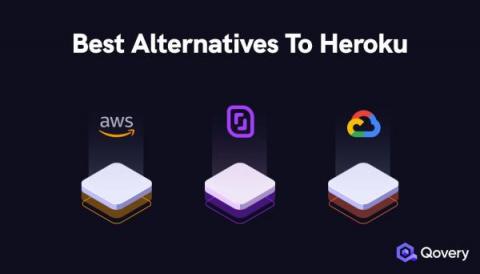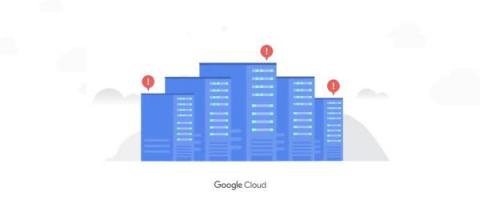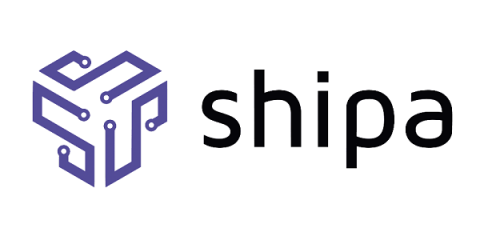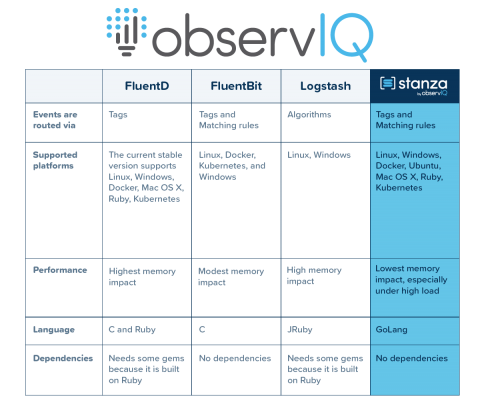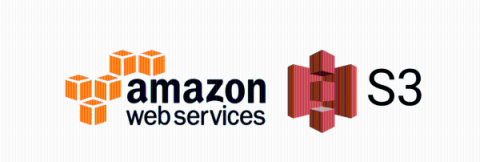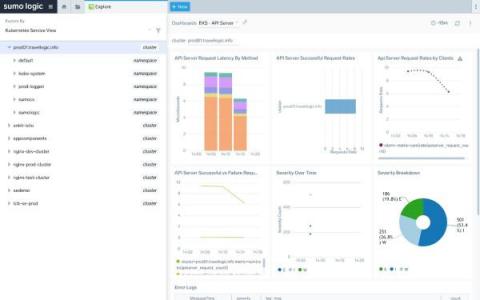Operations | Monitoring | ITSM | DevOps | Cloud
Cloud
The latest News and Information on Cloud monitoring, security and related technologies.
Best Heroku Alternatives for 2022
So you’ve just created a new project and want to start distributing it, but you still don’t know how to manage its deployment. Then there’s the monitoring, network request, and a lot of other problems related to modern apps. At the same time, you want to avoid working directly with AWS due to its intricacy.
Get planet-scale monitoring with Managed Service for Prometheus
Prometheus, the de facto standard for Kubernetes monitoring, works well for many basic deployments, but managing Prometheus infrastructure can become challenging at scale. As Kubernetes deployments continue to play a bigger role in enterprise IT, scaling Prometheus for a large number of metrics across a global footprint has become a pressing need for many organizations.
Deploy Friday: E80 Sylius - the enterprise open-source e-commerce platform
Shipa Cloud Updates
I’m sure most of us have heard this saying before, and if you are in the DevOps space, I’m sure this is a scenario that you deal with daily. Most of us started even before we even had all these nice terms, such as DevOps, SREs, DevSecOps, and so many others, when we were all Sys Admins.
Cloud Economics - And The Cloud Cost Metrics You Should Be Tracking
How to set up Stanza as the log agent for your GCP?
Stanza is a robust log agent. GCP users can use Stanza for ingesting large volumes of log data. Before we dive into the configuration steps, here’s a matrix detailing the functional differences between all the common log agents used by GCP users. Stanza was built as a modernized version of FluentD, Fluentbit, and Logstash. GCP users now have the ability to install Stanza to their VMs/ GKE clusters to ingest logs and route them to GCP log explorer.
Store and retrieve static assets on AWS S3 with NodeJS on FlashDrive
AWS S3 is a cloud storage service that saves data as an object associated with a key. Objects are like files and keys are like filenames. Objects are stored in a bucket. We will be auto-generating our object keys while uploading. In a free tier account, you get 5GB of free cloud storage with AWS S3. Note: This tutorial is made for AWS S3 but works as well with S3 compatible providers like Wasabi.com
Snowflake vs Redshift: Which is the Right Data Warehouse for You
A plethora of surveys has shown that there is significant growth in the digital data that enterprises generate every day and it is becoming difficult for traditional on-premise systems to cope up with the enormous amounts of data. Also, the old methods require huge capital and resources. Therefore, Cloud-based Data Warehouses are taking the place of traditional ones to collect, store and analyze data coming from multiple sources.



